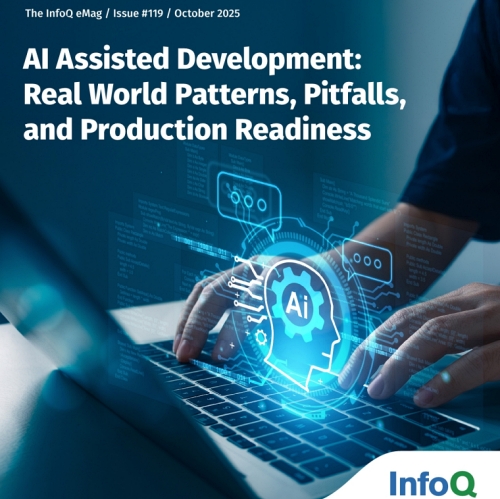Artificial Intelligence-Enabled Analysis of Radiology Reports: Epidemiology and Consequences of Incidental Thyroid Findings
PositiveArtificial Intelligence
A recent study highlights the growing importance of artificial intelligence in analyzing radiology reports, particularly in identifying incidental thyroid findings (ITFs). As these findings become more common during imaging for unrelated issues, understanding their prevalence and implications is crucial for patient care. This research not only develops a natural language processing pipeline to detect ITFs but also aims to clarify their clinical consequences, potentially leading to better management strategies in healthcare.
— Curated by the World Pulse Now AI Editorial System






